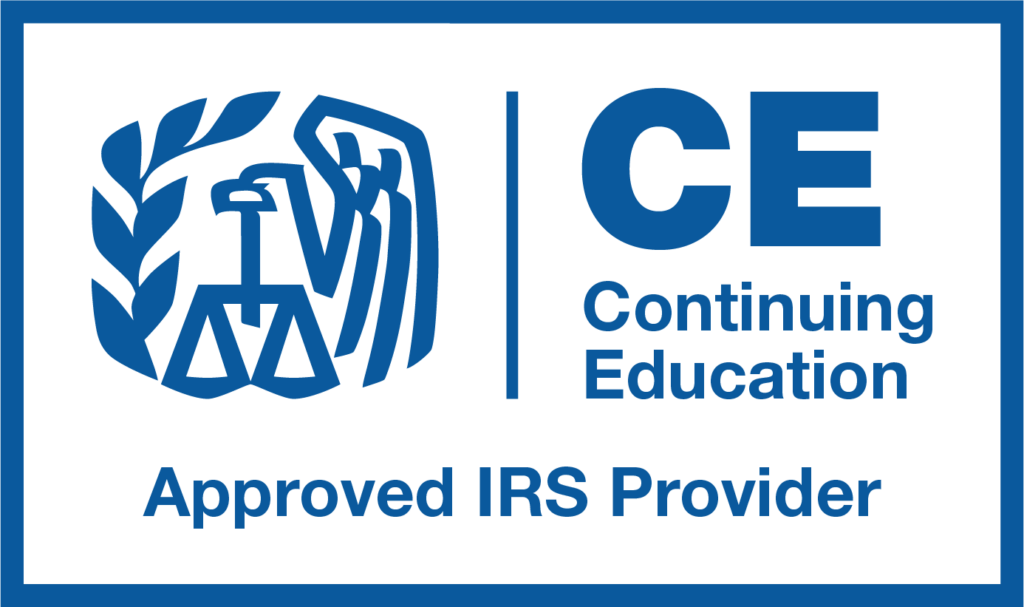Meeting Unexpected Emergency Expenses
The SECURE Act 2.0, beginning after 2023, authorizes limited withdrawals to cover emergency expenses from employer retirement plans and individual retirement accounts, subject to certain limits and requirements. These distributions are exempt from the 10% premature distribution penalty tax.
The term “emergency personal expense distribution” means any distribution from an eligible retirement plan to an individual for purposes of meeting unforeseeable or immediate financial needs relating to necessary personal or family emergency expenses. The administrator of an applicable eligible retirement plan may rely on an employee’s written certification that the employee satisfies the conditions of the preceding sentence in determining whether any distribution is an emergency personal expense distribution.
Emergency Expense Withdrawal Limitations
The Act imposes both frequency and amount limitations with respect to emergency expense withdrawals as follows:
- Not more than one distribution per calendar year may be treated as an emergency personal expense distribution; and
- The amount that may be treated as an emergency personal expense distribution in any calendar year is limited to the lesser of –
- $1,000, or
- an amount equal to the excess of—
- the individual’s total nonforfeitable accrued benefit under the plan (the individual’s total interest in the plan in the case of an individual retirement plan), over
- $1,000.
Amount Distributed may be Repaid
Rules similar to those applicable to repayment of a qualified birth or adoption distribution apply to repayment of an emergency personal expense distribution. Thus, an individual who receives an emergency expense distribution may make one or more contributions within three years of the distribution in an aggregate amount not to exceed the amount of the distribution to an applicable eligible retirement plan of which the individual is a beneficiary and to which a rollover contribution could be made. Amounts repaid are treated as a direct trustee-to-trustee rollover made within 60 days of the distribution, resulting in no federal income tax liability. A discussion of this and other provisions of the SECURE Act 2.0 may be found in our continuing education course. Click here to go to SECURE Act 2.0




